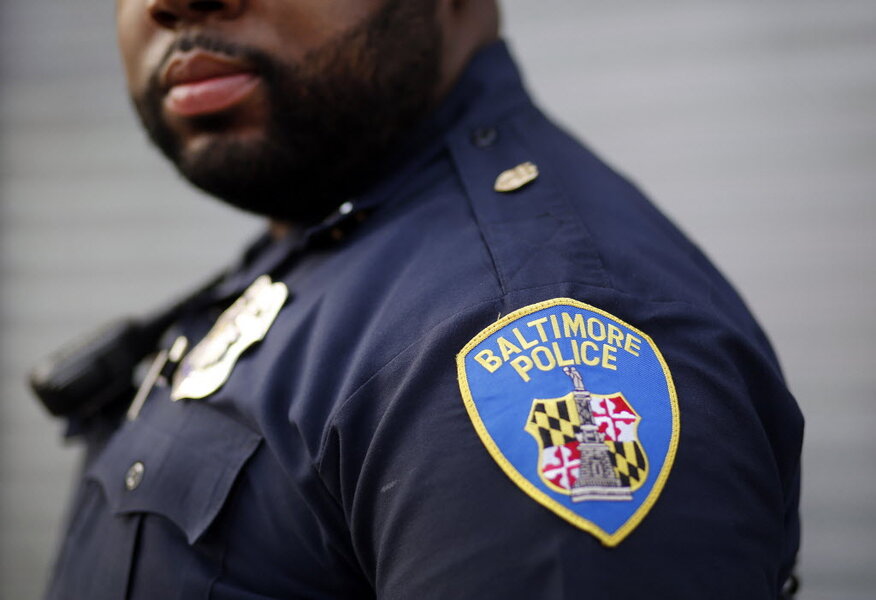The Outward Bound way to prevent police shootings
Loading...
In America’s ongoing debate over how to prevent killings of black men by police, “we’re not hearing each other,” says Bill Bratton, who has stepped down as New York Police commissioner. He should know. He served as the top police chief in three major cities. As he ends a long career as a reformer in law enforcement, Mr. Bratton offered this parting advice to both the “Black Lives Matter” movement and police advocates: “We need to start trying to find ways to empathize with each other.”
Two years after the shooting of a black man in Ferguson, Mo., reform of police departments in the United States remains controversial, to say the least. Much of the debate centers on three ideas: creating better civilian control over investigations of police shootings, placing body cameras on officers, and training police to overcome any personal prejudice toward minorities.
But what about Bratton’s idea of creating empathy between police and the black community?
Most police departments have some sort of community outreach, which can range from holding a neighborhood barbecue to being proactive in assisting people in their daily needs. This requires police to maintain less of a “warrior” mentality in fighting crime and more of a “guardian” mentality that both serves and protects.
In Baltimore, which was rocked last year by the death of a black man in police custody, city officials are going a step further. Starting this fall, they are requiring police officers to go through an Outward Bound course alongside school-age youth in the city’s Leakin Park. For a full day – without their guns or uniforms – small groups of officers will go up climbing walls and cross rough patches with groups of middle- and high-school students. They will get to know each other as equals on neutral turf, learning to work in teams and perhaps build up the kind of trust that would prevent confrontations on the street. In all, some 3,000 officers and 3,000 kids will get to know each other very well over the next two years.
The program, known as Police Youth Challenge, has been around since 2008 but only on a voluntary basis and in small numbers. So far, it has proved to be very effective. A Johns Hopkins University study found it can greatly improve the perception of youth and police toward each other.
Before the one-day course, only 56 percent of officers said that youth in Baltimore could be trusted. Afterward, 95 percent said they were trustworthy. The youth perception of police as trustworthy jumped from 36 percent to 64 percent. And after the course, more than 8 out of 10 officers said they have the skills to positively interact with youth.
Police Commissioner Kevin Davis hopes the course will lessen the high tensions between police and minorities in Baltimore. If so, it might prove a model for other cities and change the national debate about police reform. A little empathy can go a long way.







